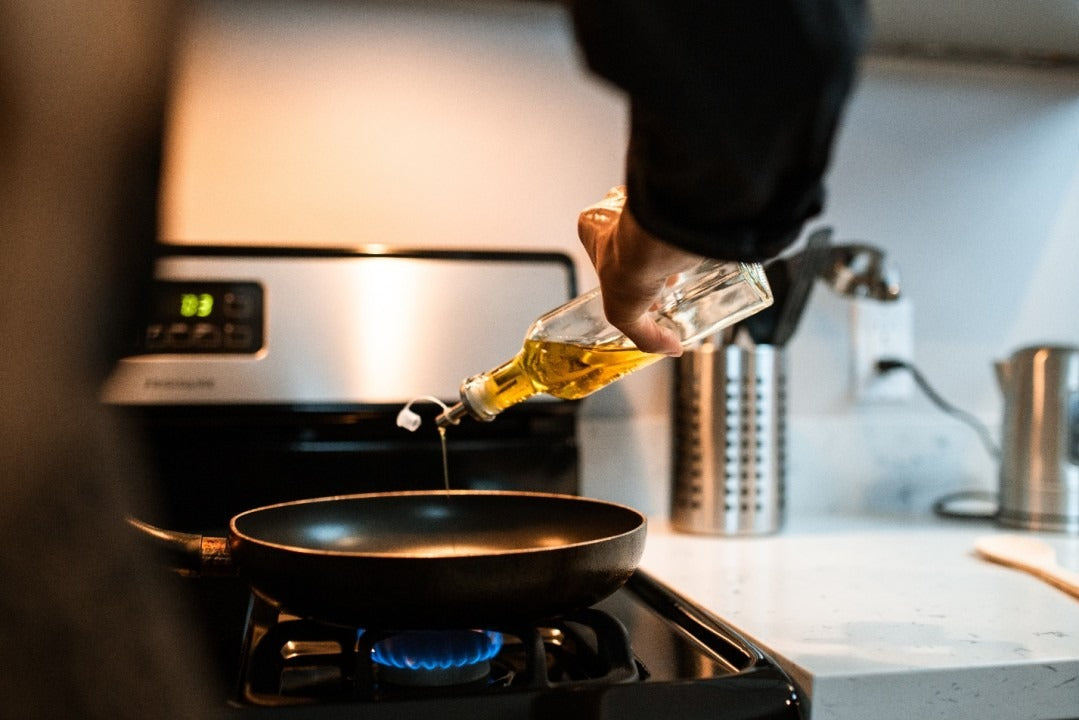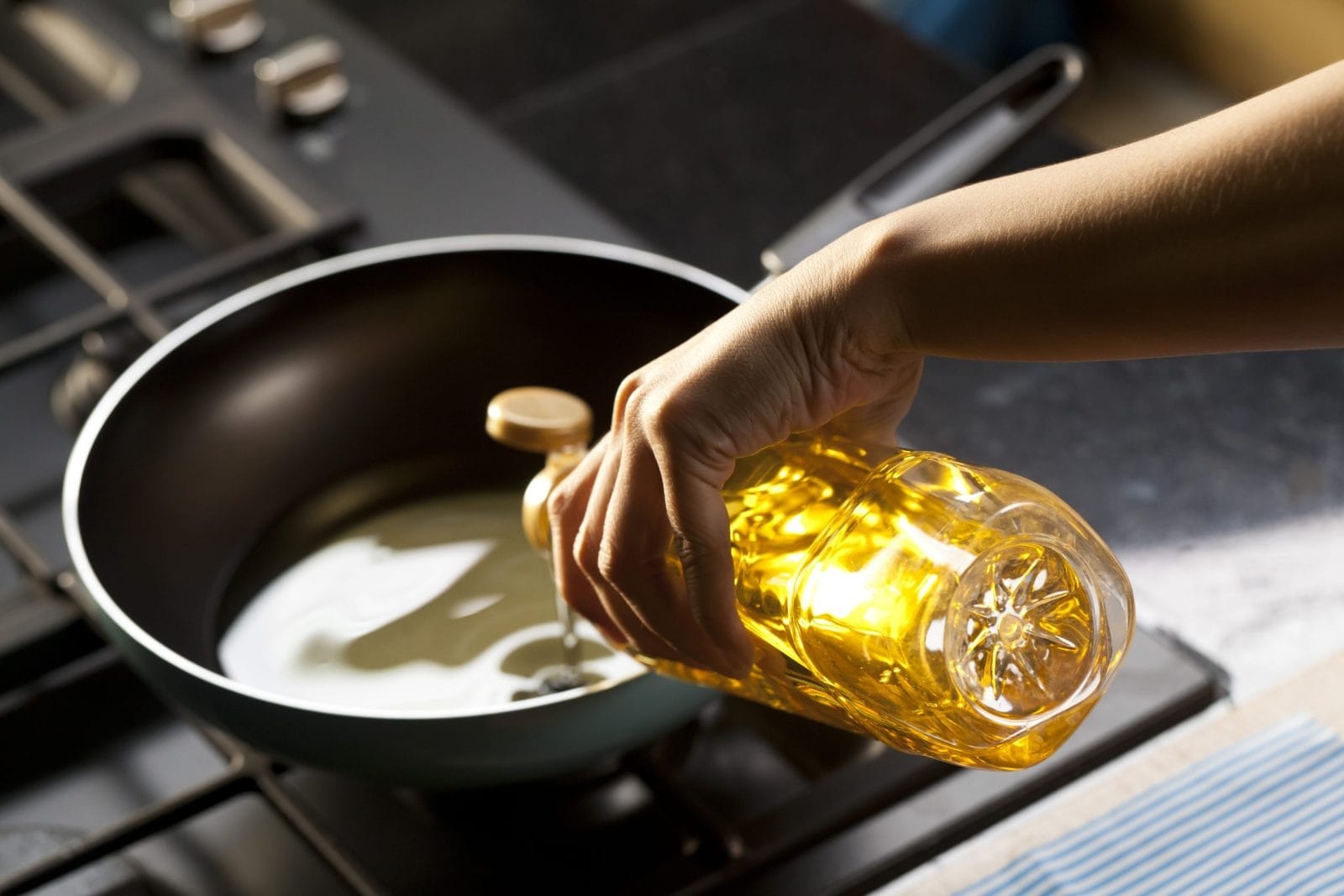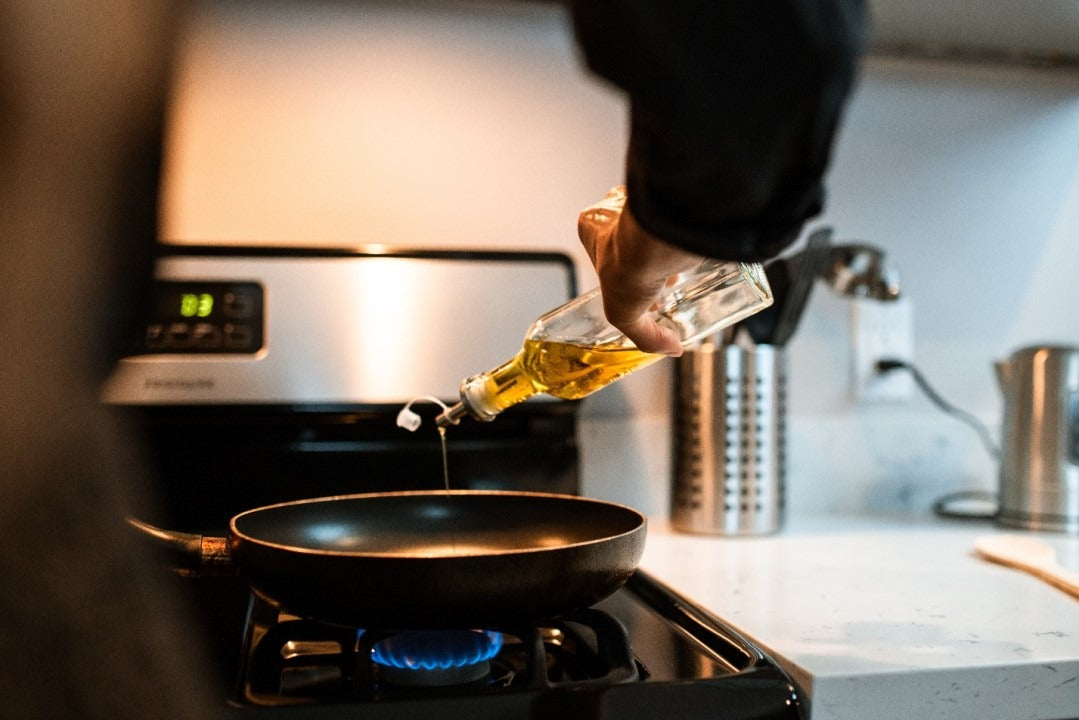Sunflower oil is one of the most popular vegetable oils in the culinary world, particularly among kitchen professionals and home chefs. From its high smoking point to its versatile flavor profile, people often wonder, How is sunflower oil made? This article dives deep into the intricate process of sunflower oil production, ensuring you come away with a thorough understanding of how those sunny blooms eventually end up in your frying pan.

The Origins: Sunflowers in Agriculture
Before diving into the sunflower oil production process, it's crucial to understand where this oil originatessunflowers. These vibrant flowers, native to North America, are grown globally, with major producers including countries like Ukraine, Russia, and Argentina. Their adaptability to various climates and soils makes them an ideal crop for oil production.
Cultivation and Harvesting
The first step in the production of sunflower oil is cultivating the sunflower plants. Farmers plant sunflower seeds in well-prepared soil, usually in late spring. The plants typically require full sun and well-drained soil to thrive. Once the sunflowers have grown and matured, reaching their characteristic height of up to six feet, they are harvested. Harvest usually takes place when the back of the sunflower heads turns from green to yellowthe sign that the seeds are ripe and ready for extraction.

Drying and Cleaning Sunflower Seeds
After harvesting, the sunflower heads are taken to processing facilities, where the seeds are meticulously dried and cleaned. This removes moisture and any impurities, making the seeds suitable for the subsequent pressing process.
Drying Techniques
The harvested sunflowers are often spread out and air-dried under controlled conditions to ensure even drying. In some cases, mechanical dryers are used to speed up the process. Dry seeds are essential as excess moisture can affect the oil extraction and quality. For a more comprehensive guide on drying techniques, visit our article on drying seeds.
Cleaning Methods
Once dried, the seeds go through a cleaning process to remove any remaining plant debris, stones, or other contaminants. Modern factories use air separators, magnetic separators, and sieves to ensure the seeds are as clean as possible before they move to the next stage. Learn more about our cleaning process.

Pressing the Sunflower Seeds
Pressing is a pivotal step in the sunflower oil production process. There are two primary methods of extracting oil from the seeds: cold pressing and hot pressing.
Cold Pressing
Cold pressing is a mechanical process that extracts oil without using heat, preserving the flavor, aroma, and nutritional value of the oil. The seeds are crushed, and the oil is released through mechanical pressure. This method produces higher-quality oil, often labeled as extra-virgin or virgin sunflower oil. For more on cold pressing, see: cold pressing methods.
Hot Pressing
Hot pressing involves heating the seeds before pressing. This process helps extract more oil from the seeds but may sacrifice some nutritional quality. The heated seeds go through a screw press, where high pressure separates the oil from the seed remnants, commonly known as cake.

Refining: Purifying the Extracted Oil
Both cold-pressed and hot-pressed sunflower oils undergo refining to remove impurities and improve their shelf life and culinary characteristics.
Degumming
The first step in refinement is degumming, where water is added to the oil, causing impurities like phosphatides to coagulate. This makes them easier to remove through centrifugation.
Neutralization
Next is neutralization, where free fatty acids are eliminated using an alkaline substance such as sodium hydroxide. This step helps in improving the taste and stability of the oil.
Bleaching
In the bleaching process, the oil is treated with bleaching agents to remove pigments and further purify the oil. Activated clay or carbon is often used to absorb unwanted colorants and other impurities.
Deodorizing
The final refining step is deodorizing, where the oil is steamed at high temperatures to remove volatile compounds responsible for odors or off-flavors. This step ensures the oil has a neutral aroma, making it versatile for various culinary uses.
Bottling and Packaging
Once refined, the sunflower oil is ready to be bottled and packaged for distribution. Quality control measures are strictly followed to ensure the oil meets food safety standards and retains its quality during storage and transportation.
Bottling Techniques
The oil is typically filled into bottles or containers made from glass, plastic, or metal. Automated bottling lines ensure consistency in volume and prevent contamination during the filling process. Labels are added to provide crucial information like production date, expiry date, and nutritional facts.
Packaging Considerations
Proper packaging is essential to protect the oil from light, air, and moisture, which can degrade its quality. Manufacturers often use opaque or dark-colored containers to extend the oils shelf life. For details on sustainable packaging, check our section on eco-friendly packaging.
Storage and Usage
To make the most of your sunflower oil, storing it correctly is crucial. Keep the oil in a cool, dark place and tightly sealed to prevent oxidation and rancidity. When used properly, sunflower oil can enhance a wide range of dishes, thanks to its high smoke point and mild flavor.
Frequently Asked Questions
- Can you make sunflower oil at home? While its possible, producing sunflower oil at home is labor-intensive and requires specialized equipment for pressing and refining the seeds.
- Is sunflower oil healthier than olive oil? Both oils have their unique benefits. Sunflower oil is high in vitamin E, while olive oil is rich in monounsaturated fats and antioxidants.
- What are the uses of sunflower oil? Sunflower oil is versatile and can be used for frying, baking, sauting, and even in salad dressings. For ideas, check our recipes.
As an Amazon Associate, I earn from qualifying purchases.
For more detailed information on vegetable oil production, you can refer to FAO's Guide on Oil Production. Additionally, our friends at Lavish Ceramics offer an insightful article on the importance of maintaining a clean kitchen space, which you can read here.






Leave a comment
This site is protected by hCaptcha and the hCaptcha Privacy Policy and Terms of Service apply.